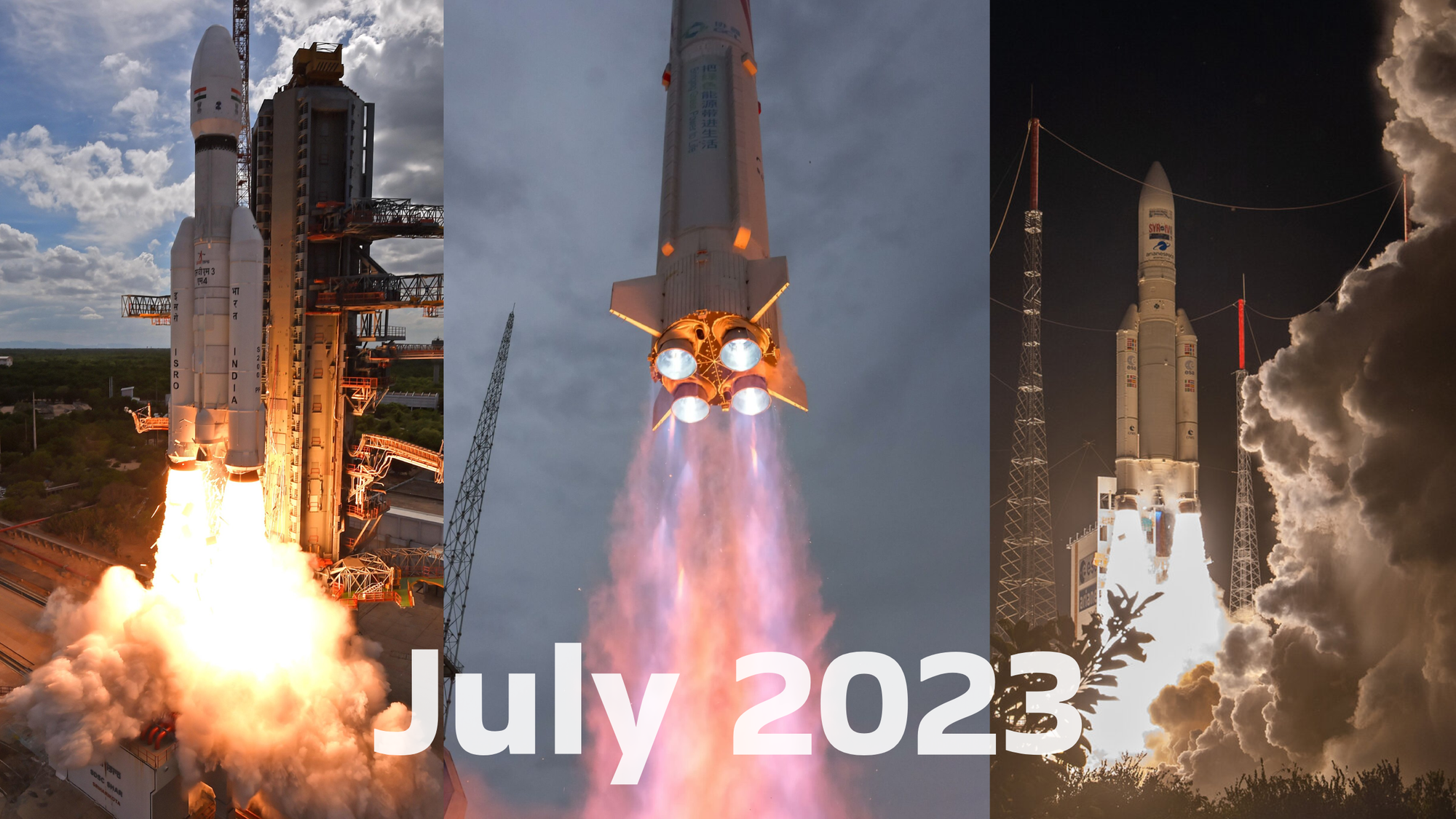This month has had over a dozen rocket launches worldwide with one being a first for the launch industry and the final flight of an iconic rocket. Here's a recap for July 2023. All dates are relative to UTC and this article may take a little while to load as where possible a relevant image is used.
July 1st - Falcon 9 with Euclid
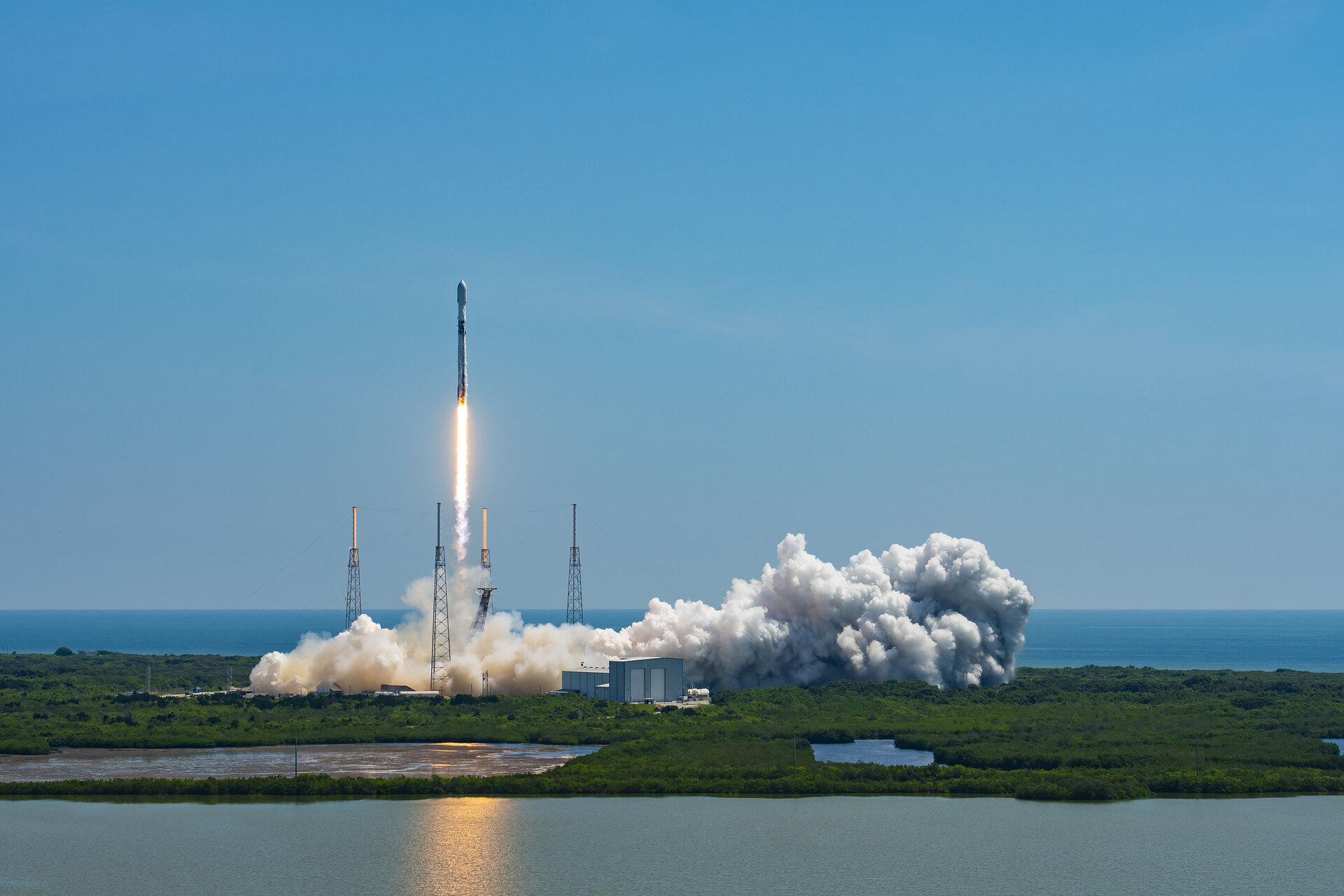
Starting off the month SpaceX's Falcon 9 carried the European Space Agency's Euclid Telescope towards a Lagrange Point 2 orbit, this is also where the James Webb Space Telescope currently is. The booster for this was B1080 on its second flight. You can read more about the mission and the telescope here.
July 5th - Ariane 5 with Syracuse 4B & Heinrich Hertz Satellit

July the 5th saw the Ariane 5 rocket depart from French Guiana for the final time after decades of successful launches. Its final launch carried two satellites to a geosynchronous transfer orbit for its customers. Ariane 5 had launched 117 times and 112 times successfully carrying; science spacecraft, Internation Space Station resupply spacecraft, and commercial satellites. You can read more about the final launch of Ariane 5 here.
July 9th - Long March 2C with Satnet test satellites
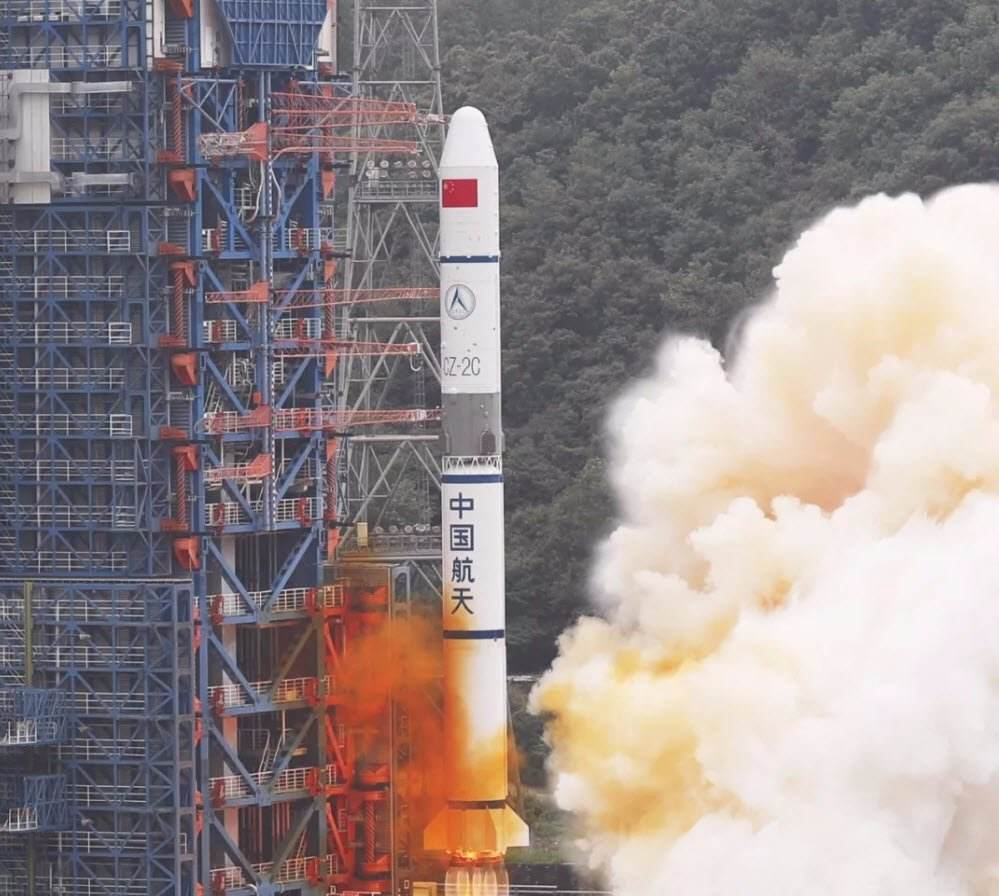
Not much is known about the launch but official Chinese state sources claim the Long March 2C delivered two test communication satellites into low Earth orbit. The satellites are for the Chinese state-owned low Earth orbit constellation SatNet.
July 10th - Falcon 9 with Starlink Group 6-5
We call them “V2 Mini”. They represent a step forward in Starlink capability pic.twitter.com/EFVpLFcz7n
— SpaceX (@SpaceX) February 26, 2023
SpaceX launched more Starlink satellites on the 10th of July from Cape Canaveral, Florida atop of its Falcon 9 rocket using B1058 which has now launched and landed sixteen times, a record for the company. This launch was for the sixth shell of SpaceX's growing Starlink internet satellite constellation.
July 12th - Zhuque-2 with a dummy payload
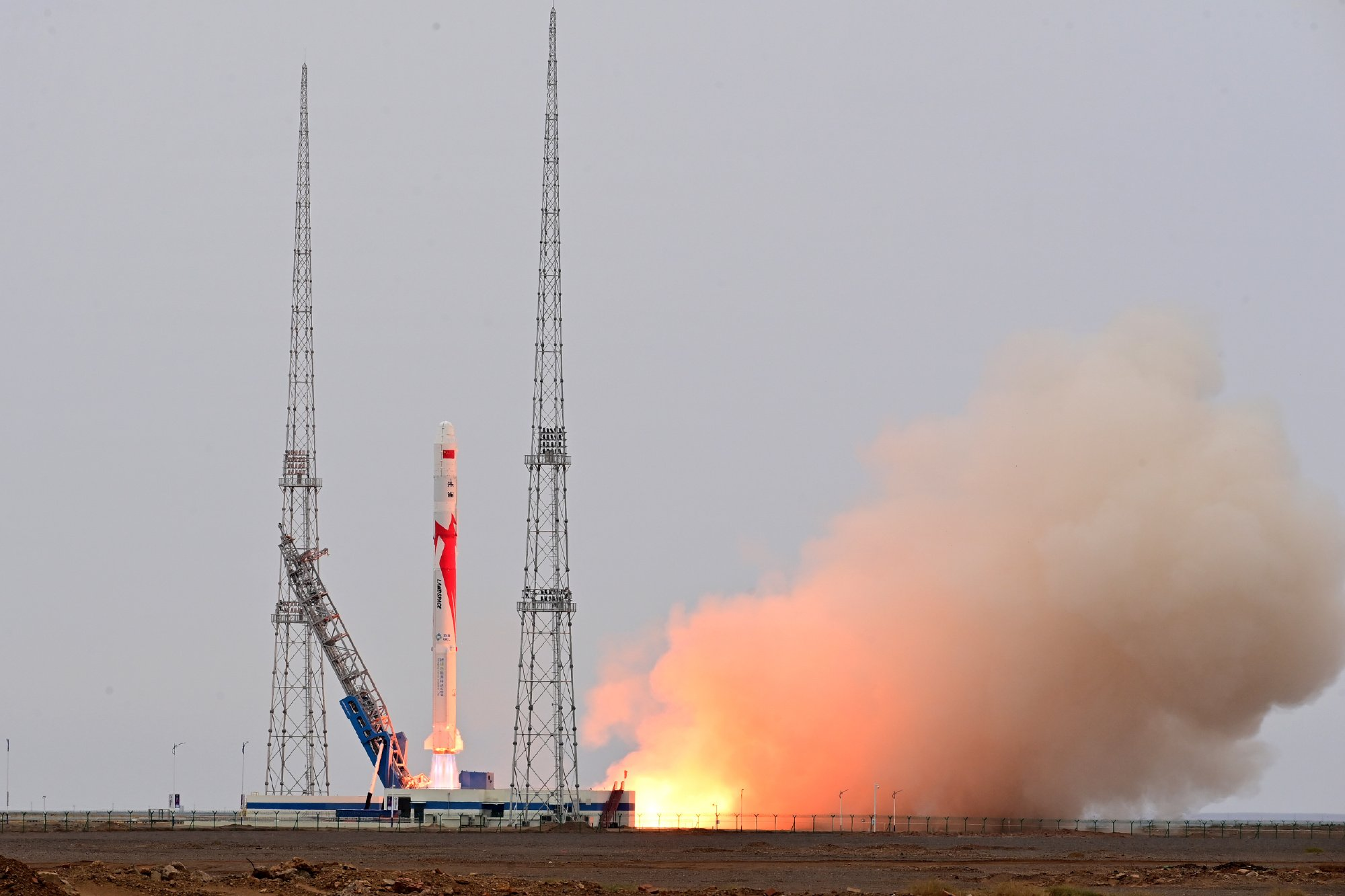
July the 12th saw the world's first methane-powered rocket successfully launch into orbit from LandSpace in China. Zhuque-2 carried no payloads on this launch attempt but may start launching customer payloads by the end of the year. You can read more about Zhuque-2 and LandSpace here.
July 14th - LVM-3 with Chandrayaan-3
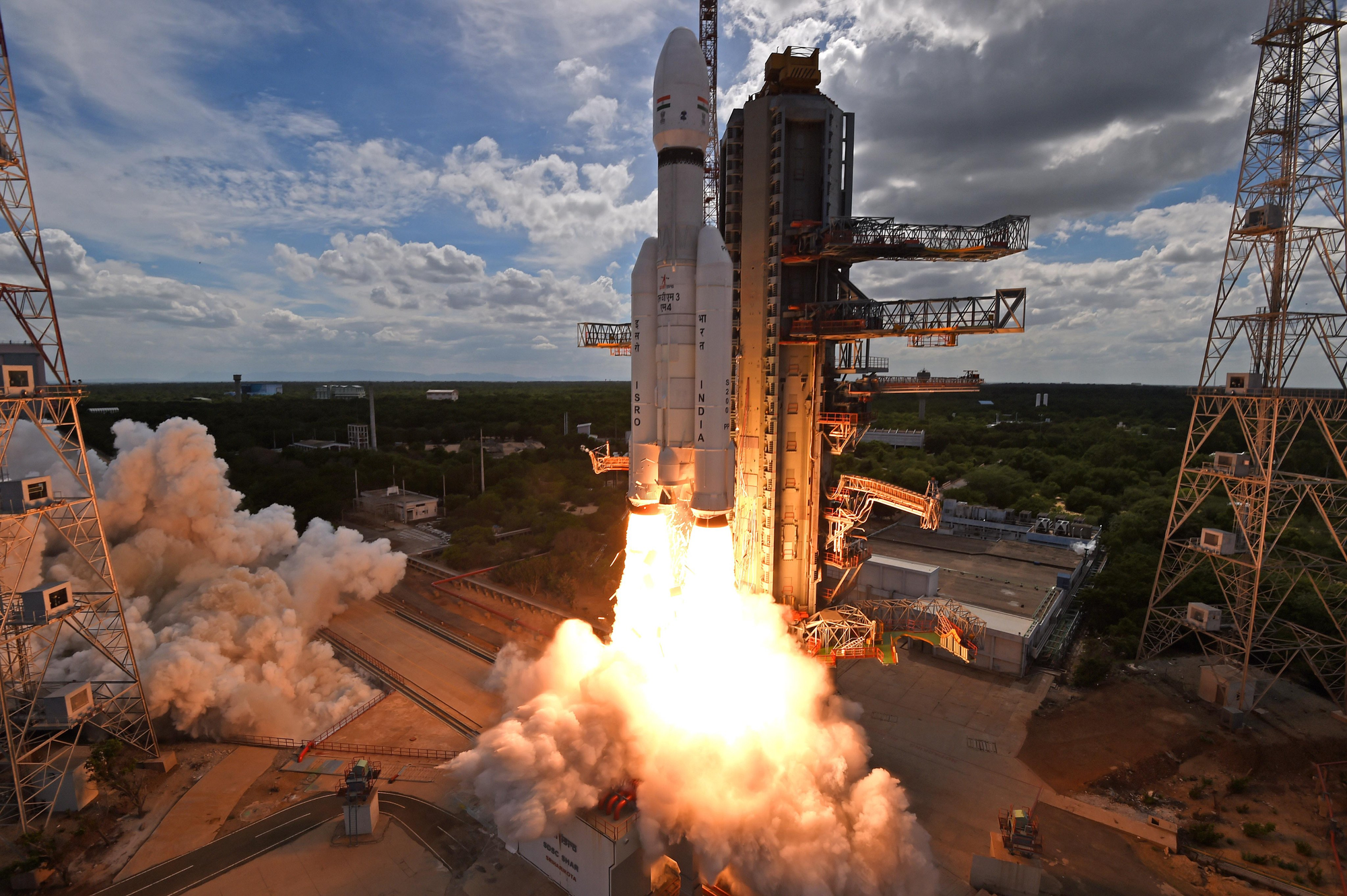
India launched its second spacecraft that will attempt to land on the Lunar surface on the 14th of July. Chandrayaan-3 is a follow-up Lunar landing mission to Chandrayaan-2 which failed to land on the Moon on the 6th of September 2019 after a software glitch. If successful this will be India's first Lunar landing and will become the fourth country to land a spacecraft on the Lunar surface. You can read more about how it will head to the Moon here.
July 16th - Falcon 9 with Starlink Group 5-15
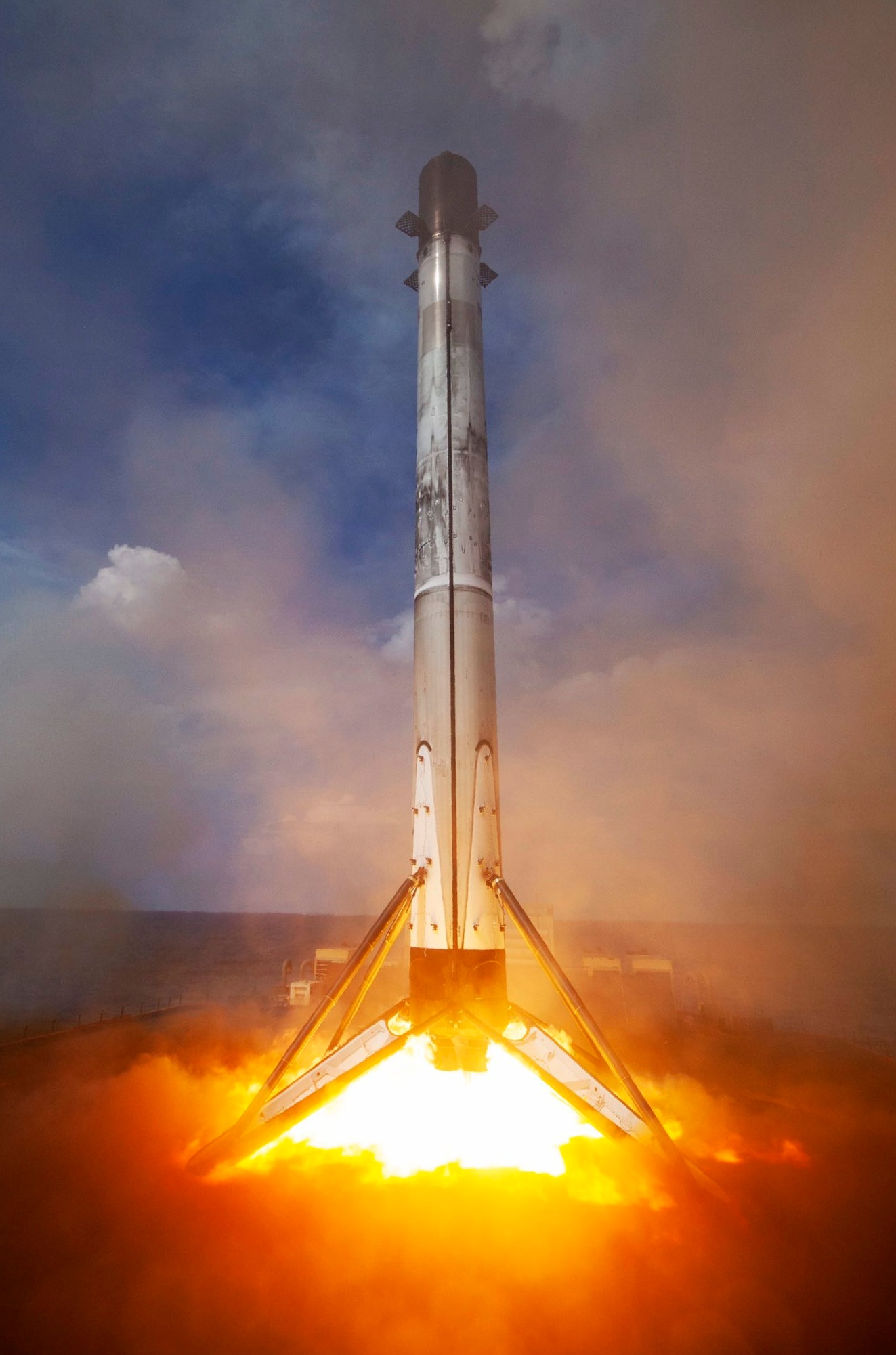
SpaceX launched what is believed to be the final launch of its Starlink v1.5 satellites into low Earth orbit for its growing constellation. This launch used B1060 for its sixteenth launch and successfully landed afterward, tieing it with B1058 for the record at sixteen.
July 18th - Electron for the 'Baby Come Back' mission
Last week’s fishing trip. pic.twitter.com/9AQbDedhFN
— Peter Beck (@Peter_J_Beck) July 25, 2023
RocketLab launched its Electron rocket for the thirty-ninth time and recovering its booster for the first time at sea after a soft splashdown under a parachute. This mission launched seven satellites into a Sun-Syncronus orbit for NASA, Telesat, and SpinGlobal. You can read more about the mission and Electron here.
July 20th - Kuaizhou-1A with Tianmu-1
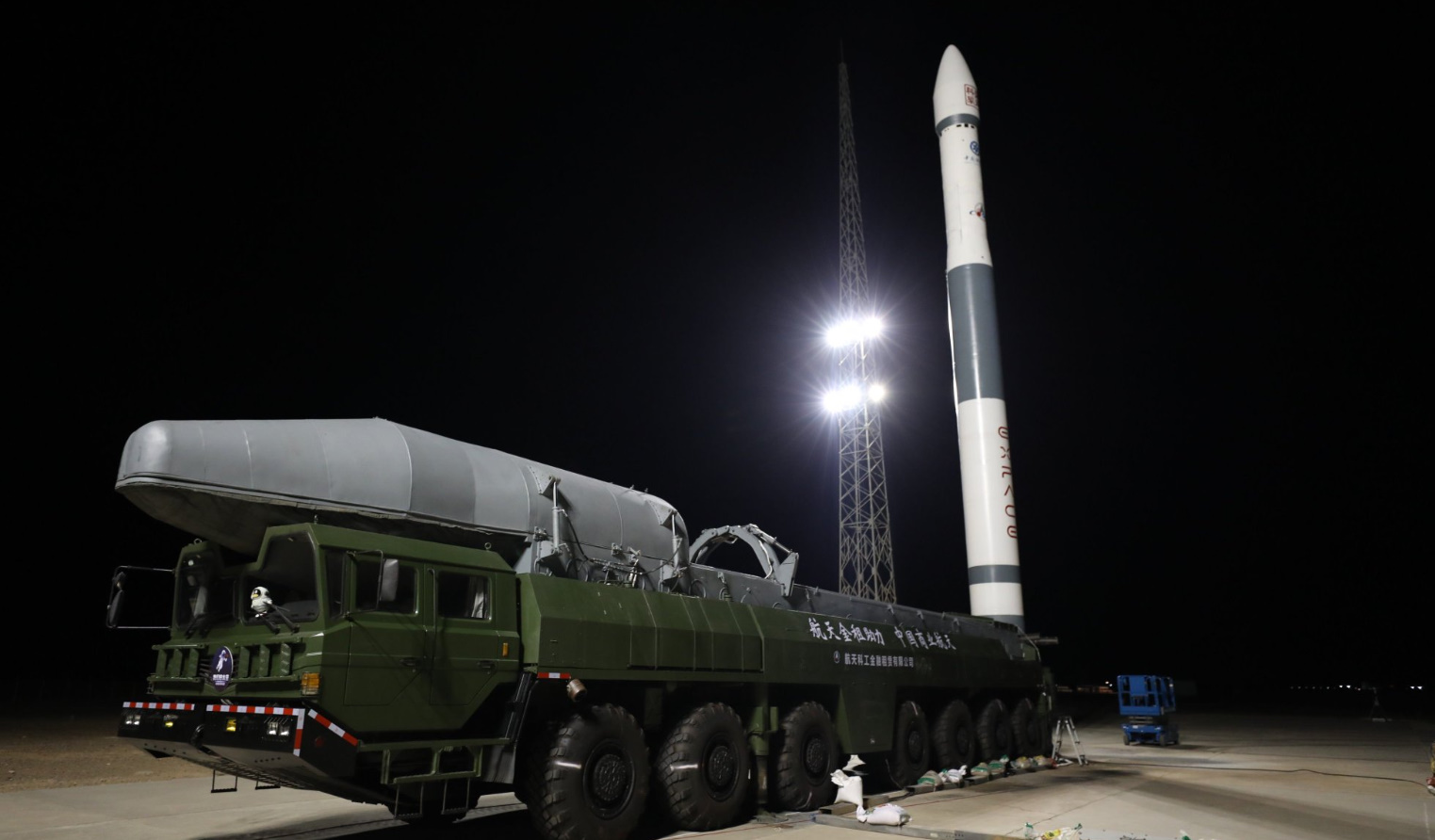
ExPace's Kuaizhou-1A launched from Jiuquan Satellite Launch Center in China carrying what official Chinese sources are calling Small meteorology research satellites using GNSS radio occultation. The satellites are made by China Aerospace Science and Industry Corporation's subsidiary Xiyong Microelectronics Park.
July 20th - Falcon 9 with Starlink Group 6-15
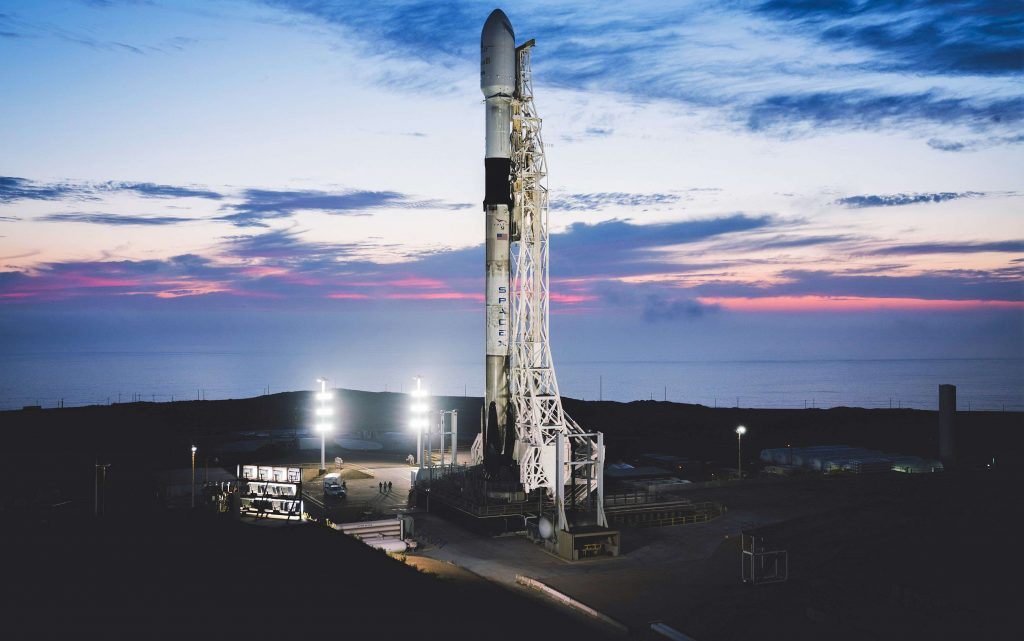
SpaceX launched another batch of Starlink this time from space launch complex 4E in California. This launch was with B1071 for its tenth launch and landed successfully with a successful deployment of the satellites.
July 22nd - Ceres-1 with Qiankun-1 & Xingshidai‐16
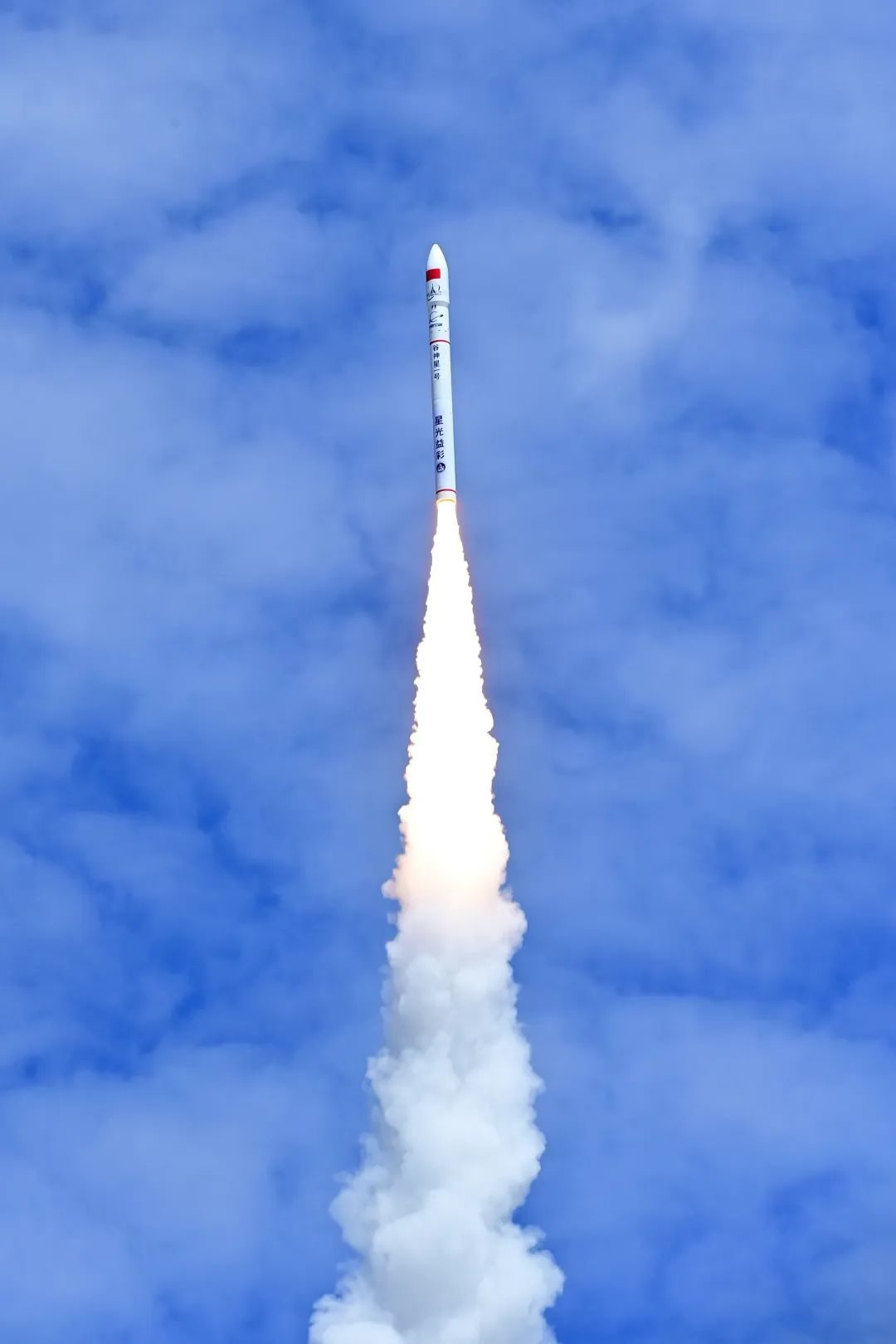
Ceres-1 launched from Jiuquan Satellite Launch Center in China carrying two satellites; Qiankun-1 Very Low Earth Orbit (VLEO) technology demonstration satellite for CSpace, and Xingshidai‐16 Earth observation satellite for ADASpace. Ceres-1 is owned and operated by Galactic Energy, a private aerospace company headquartered in Beijing, China.
July 23rd - Long March 2D with Skysight AS-01 to 03 & Lingxi-03

The Long March 2D launched from Taiyuan Satellite Launch Center in China carrying two satellites for its customers. The satellites are; Skysight AS-01 to 03, three Earth observation satellites by Skysight, and Lingxi-03 Flat-panel satellite bus LEO communication demonstration satellite for Galaxy Space. This Long March 2D also featured grid fins on its first stage which are assumed to be for testing targeted descent.
July 24th - Falcon 9 with Starlink Group 6-6
Falcon 9 launches 22 @Starlink satellites from SLC-40 in Florida pic.twitter.com/ApRCRF4asp
— SpaceX (@SpaceX) July 24, 2023
SpaceX's Falcon 9 launched twenty-two more Starlink v2 Mini's into low earth orbit as part of its growing internet satellite constellation. The booster for this mission was B1076 for its sixth flight and landed successfully on a drone ship downrange from Cape Canaveral, Florida.
July 26th - Long March 2D with Yaogan 36 Group 05
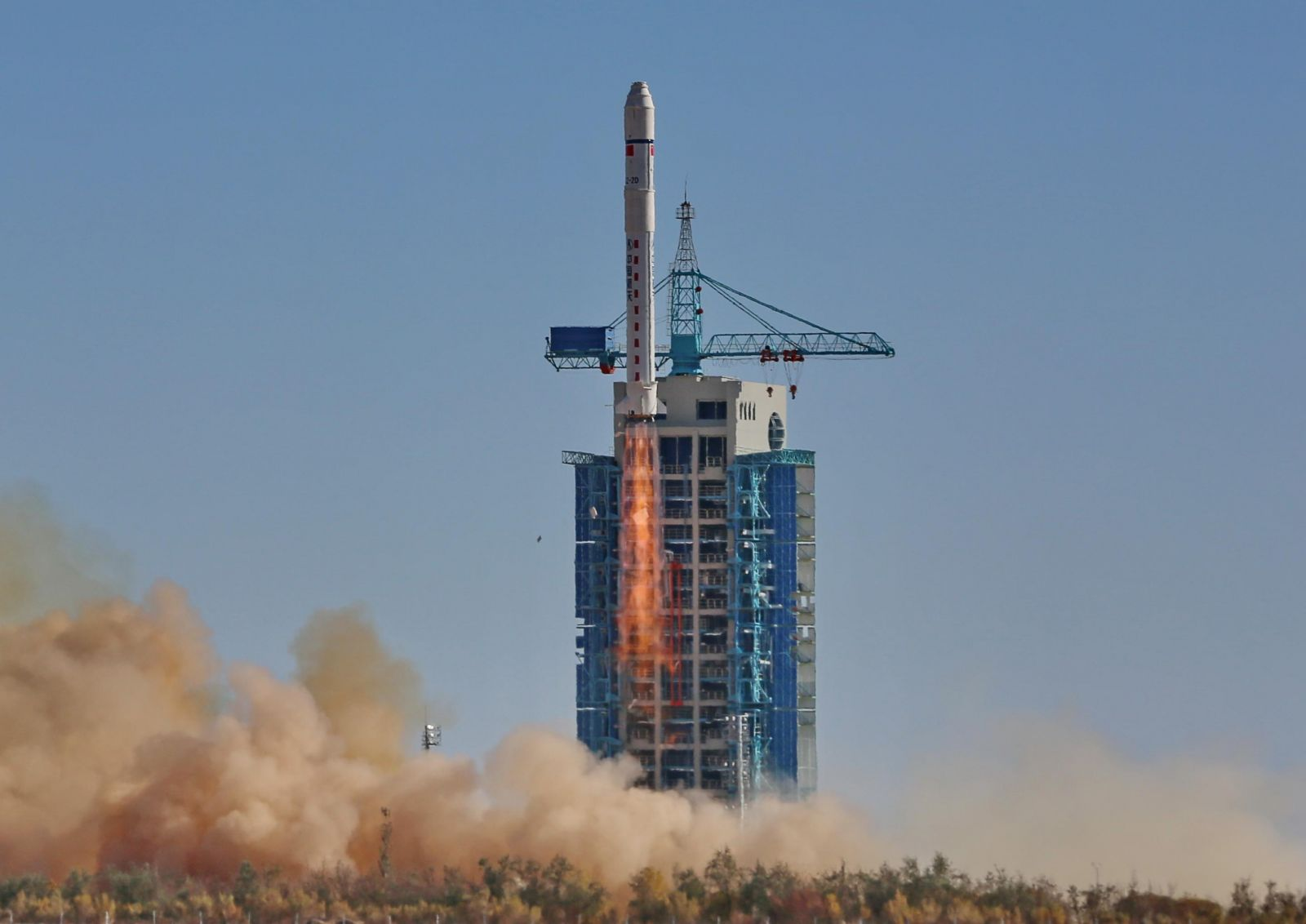
Not much is known about this launch but, a Long March 2D launched from Xichang Satellite Launch Center in China carrying three Chinese military reconnaissance satellites.
July 28th - Falcon 9 with Starlink Group 6-7

After sadly missing a potential record-breaking double-header launch on July the 28th, due to a Falcon Heavy launch attempt scrub, a Falcon 9 carrying 22 Starlink v2 Mini's for Starlink Group 6-7 launched into low Earth orbit and landed its booster, B1062 for its fifteenth flight, at sea on one of SpaceX's drone ships.
July 29th - Falcon Heavy with EchoStar 24 / Jupiter 3
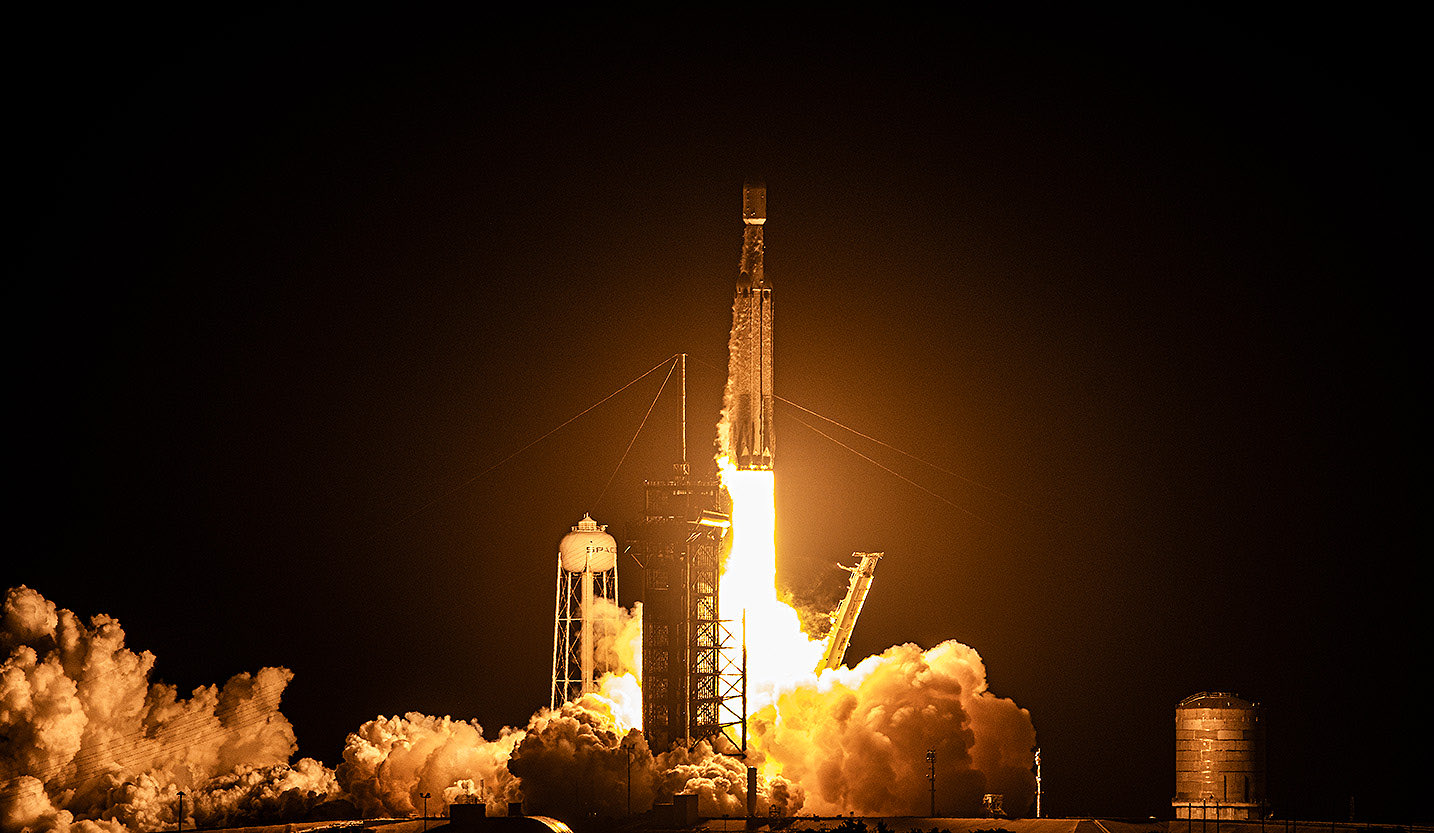
SpaceX launched their Falcon Heavy rocket carrying EchoStar 24 / Jupiter 3 to a geosynchronous transfer orbit after being scrubbed on the 27th. The satellite is the largest and heaviest private satellite to be sent to geosynchronous orbit. The Falcon Heavy for this mission used B1064 and B1065 as side boosters for their third launch and landing back at Cape Canaveral after separating, the center core was B1074 making its first and final flight as it wasn't recovered to get more performance out of the booster. You can read more about the mission and Falcon Heavy here.
July 30th - PSLV-CA with DS-SAR
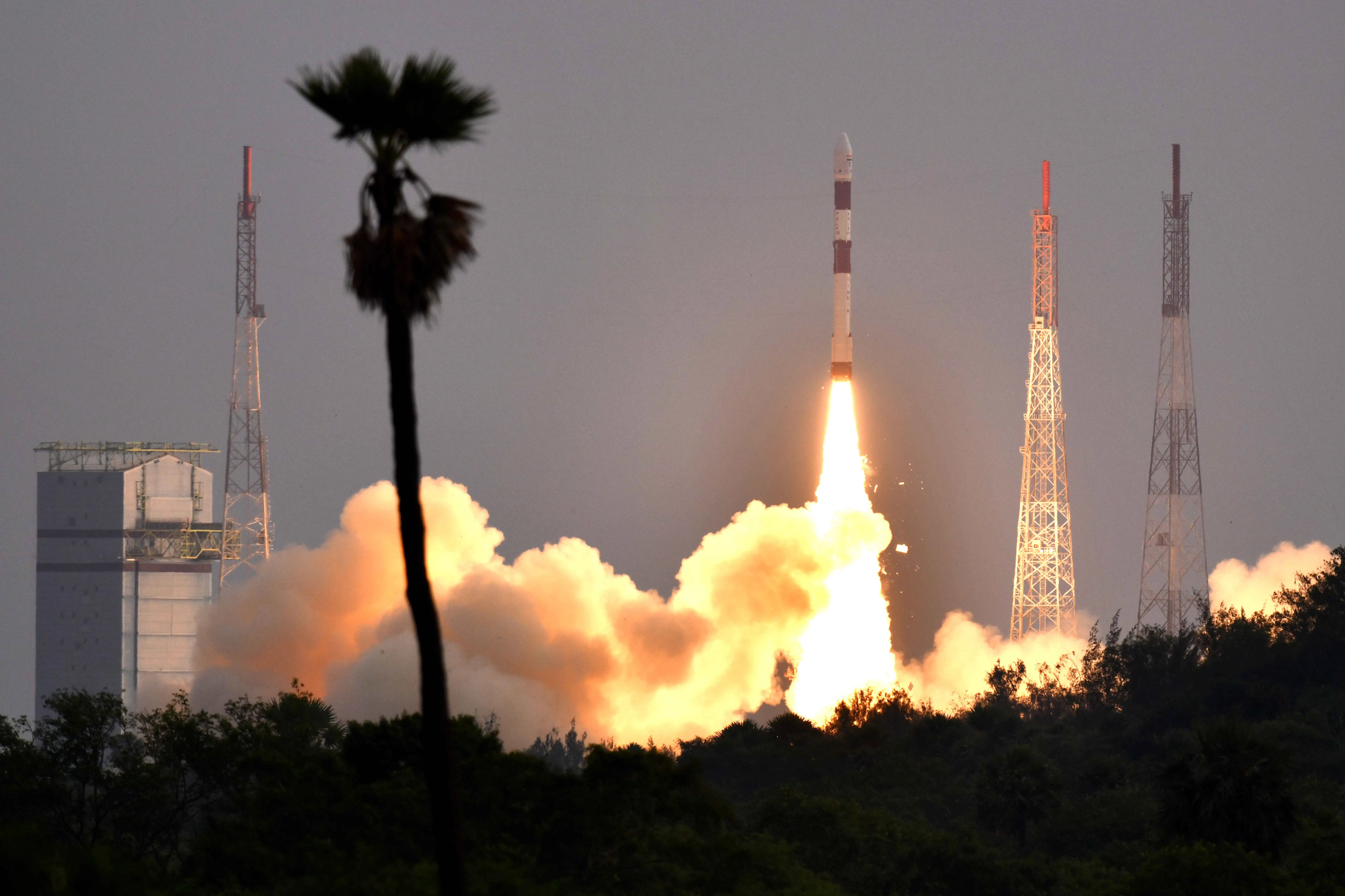
On the 30th of July 2023, India launched the PSLV rocket from Satish Dhawan Space Centre carrying seven satellites. The payloads for the rocket were; DS-SAR, ARCADE, VELOX-AM, SCOOB-II, ORB-12 STRIDER, Galassia-2, and NuLIoN. All of the satellites for this launch were from Singapore. You can read more about the satellites and PSLV here.
Summary
And that's it for this month! As this is the first monthly recap you can send any feedback or suggestions to me via the links on my author page.
Authors' spaceflight image of the month

